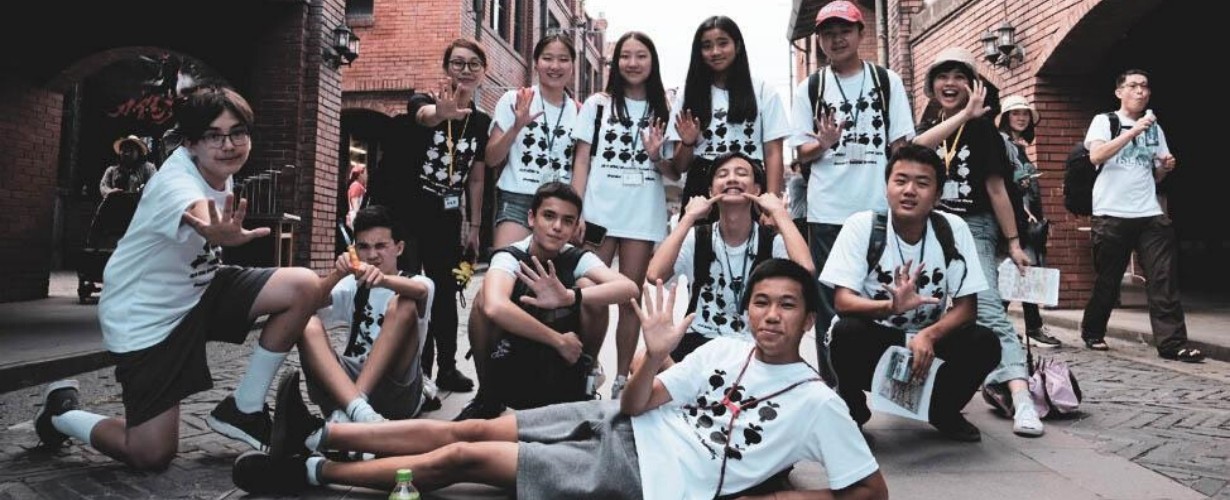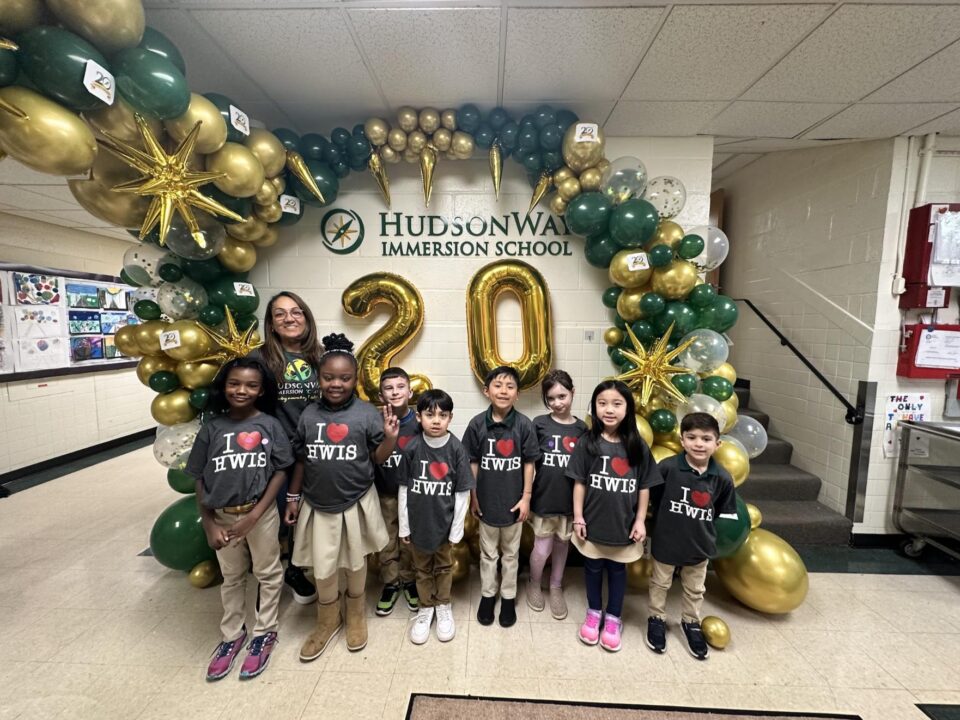
Mandarin Summer Camp in Taiwan
August 1, 2019
The Benefits of Small Class Size and Flexible Grouping
September 5, 2019Kuhl, Gopnik, & Meltzoff argue that there are twice as many connections being developed in children between the ages of 2 and 3 than in adults.
Scientist in the Crib, by Kuhl, Gopnik, & Meltzoff argues that, although children have as many neurons as adults, there are twice as many connections being developed in children between the ages of 2 and 3 than in adults. This enhanced period of activity is also what makes the brain more flexible and able to acquire multiple languages. This process of forging connections also involves deleting connections that aren’t useful, and at as early as 6 months, babies begin to lose the ability to hear sounds outside their native language.
Conversely, children who begin learning a second language at younger than five years of age learn to speak like a native speaker. Regular exposure to speakers of another language changes the brain in multiple ways—making the auditory cells able to distinguish sounds, making the mouth able to form sounds, and rendering the brain able to sort out the grammatical structures of language.
In an article, entitled "Bilingual Babies," Dr. Kuhl tells us that “Science indicates that babies’ brains are the best learning machines ever created, and that infants’ learning is time-sensitive. Their brains will never be better at learning a second language than they are between 0 and 3 years of age. “
Scientist in the Crib, by Kuhl, Gopnik, & Meltzoff argues that, although children have as many neurons as adults, there are twice as many connections being developed in children between the ages of 2 and 3 than in adults. This enhanced period of activity is also what makes the brain more flexible and able to acquire multiple languages. This process of forging connections also involves deleting connections that aren’t useful, and at as early as 6 months, babies begin to lose the ability to hear sounds outside their native language.
Conversely, children who begin learning a second language at younger than five years of age learn to speak like a native speaker. Regular exposure to speakers of another language changes the brain in multiple ways—making the auditory cells able to distinguish sounds, making the mouth able to form sounds, and rendering the brain able to sort out the grammatical structures of language.
In an article, entitled "Bilingual Babies," Dr. Kuhl tells us that “Science indicates that babies’ brains are the best learning machines ever created, and that infants’ learning is time-sensitive. Their brains will never be better at learning a second language than they are between 0 and 3 years of age. “





